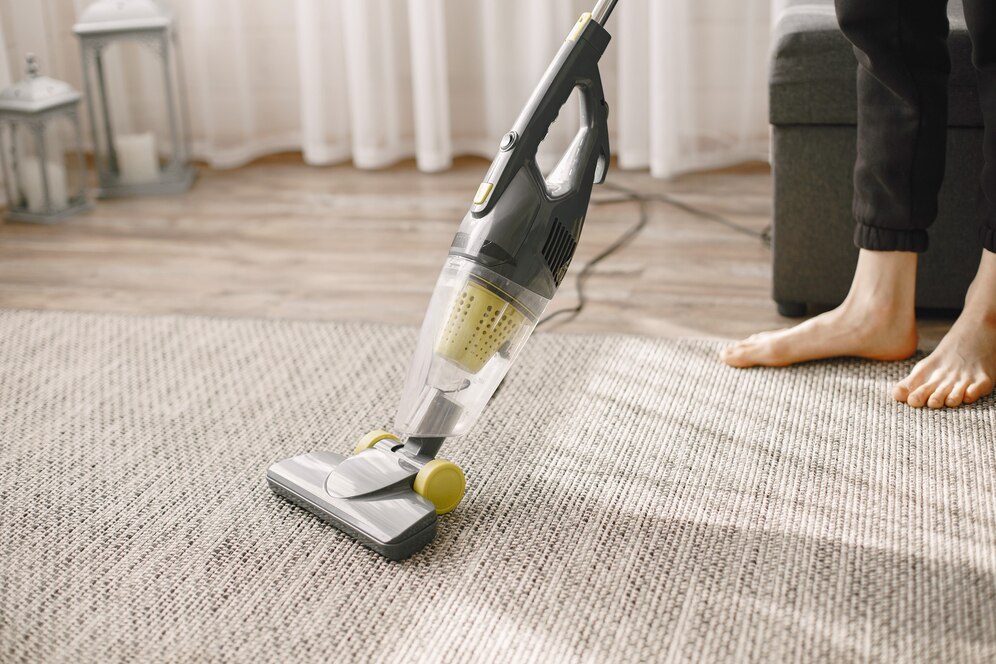While graffiti is sometimes appreciated as urban art, more often than not it is unwanted on the walls of homes and businesses. Whether it is tagging or other images, graffiti can detract from the look and perceived safety of a property.
Effective, and efficient, graffiti removal is essential to maintain the appearance and value of your building.
Understanding the Basics of Graffiti Removal
Before we look too far into how to remove graffiti, it is important to understand the various materials that can be used to mark a building. The surface of the building also plays a significant role in determining how to best remove the graffiti. Unsurprisingly, different surfaces require different cleaning methods, and surfaces like brick and concrete can be harder to clean than surfaces like metal and glass.
The type of paint or marker used does tend to influence the cleaning process, as some materials can require more aggressive solvents. In addition, larger or more intricate graffiti often requires more effort, time and specialised cleaning products compared to small tags.
Graffiti Removal Techniques
It is important to understand that different removal techniques may be needed depending on the surface that has been graffitied and the material used, however there are four main removal techniques that are commonly used – chemical removers, pressure washing, sandblasting, and eco-friendly techniques.
Chemical Removers
People often turn to chemical removers first as these products are designed to break down the paint or marker for easy removal. It is however important to choose a remover that is suitable for the surface you are cleaning to protect it from long term damage.
Once you’ve chosen the chemical remover, we recommend testing it in a small, inconspicuous area to ensure that it doesn’t cause damage to the surface. Then, following the instructions for removal, use a brush or cloth to scrub gently (on porous surfaces, it is often best to use a stiff-bristled brush). Once clean, rinse the area with clean water to remove chemical residue.
Depending on the surface and material used, you may need to repeat this process.
Pros: Effective for most types of graffiti and surfaces.
Cons: Can be harmful to the environment and the surface if not used properly.
Pressure Washing
Pressure washing is an effective method for removing graffiti from large or porous surfaces like brick and concrete. When pressure washing, it is important to choose a washer with an appropriate PSI – too high of a PSI and you can damage the surface you are cleaning, too low and you risk the surface no cleaning.
When choosing to pressure wash, you will still generally need to use a graffiti removal solvent that is suitable for use with a pressure washer. We do recommend maintaining a good distance from the surface to both protect yourself and the surface from damage.
Again, once finished, wash the area with clean water and inspect for any remaining graffiti.
Pros: Efficient for large areas and tough surfaces.
Cons: Can damage delicate surfaces and is less effective on non-porous surfaces. You may need to repaint the area due to damage from the pressure washer.
Sandblasting
Sandblasting is a great cleaning method for tough and porous surfaces like brick and stone that can handle a more abrasive cleaning method. If you are looking to use sandblasting as a method to clean, we do recommend hiring a professional – this is a complex cleaning method with a high risk of surface damage (and personal damage) if done incorrectly.
Sandblasting will remove the graffiti layer by layer without the use of chemical products.
Pros: Extremely effective for deep-seated graffiti on tough surfaces.
Cons: Expensive and can cause surface damage if not done correctly.
Natural and Eco-Friendly Solutions
If you are concerned about the environmental impact that cleaning graffiti with chemicals can have, there are some natural and eco-friendly removal solutions available to use. When buying cleaning products, look for those that are labelled as biodegradable or eco-friendly, and follow the instructions.
As with other cleaning techniques, rinse the area off with clean water to remove any residue.
Pros: Environmentally friendly and less likely to damage surfaces.
Cons: Might be less effective on tougher graffiti.
Preventing Graffiti
If you have been targeted with graffiti before or are simply looking to avoid it, there are a few options available to help you deter graffiti artists and make any clean up much easier.
1. Anti-Graffiti Coatings
Applying anti-graffiti coatings can make future graffiti removal easier. These coatings create a protective barrier that prevents paint from adhering to the surface. They are broken into two types:
Sacrificial Coatings: These are removed along with the graffiti and need reapplication.
Non-Sacrificial Coatings: These are more permanent and allow graffiti to be wiped off without removing the coating.
2. Surveillance and Lighting
Increasing surveillance and lighting around your property can deter graffiti artists. Visible cameras and well-lit areas reduce the likelihood of vandalism. This tends to work better on commercial properties but can also work well on residential properties.
3. Landscaping
Strategic landscaping can also prevent graffiti. One of the primary goals for those who partake in graffiti is to have their tags seen. There are plants that can make it more difficult for graffiti offenders to reach your walls including Native Wisteria, Golden Grevillea, Dwarf Willow Myrtle or Coral Vine.
According to Western Australia Police, any vegetation should:
- Not be capable of supporting climbing.
- Avoid weight-bearing lattice supports.
- Have natural deterrents, such as thorns.
4. Community Involvement
Engage with your neighbours and surrounding community to create a sense of ownership and pride. Community watch programs and local art projects can reduce graffiti incidents.
When to Call Professionals
While DIY methods can be effective, there are situations where we do recommend calling in professional assistance:
Large-scale Graffiti: Extensive graffiti that covers a significant portion of a property.
Sensitive Surfaces: Delicate surfaces like historic buildings or specialised materials
Persistent Graffiti: Recurring graffiti issues might need a more permanent solution, such as anti-graffiti coatings or professional deterrence strategies.
Graffiti removal requires a combination of the right techniques, tools, and preventative measures. By understanding the type of surface and graffiti, homeowners and businesses can choose the most effective removal method, whether its chemical removers, pressure washing, sandblasting, or eco-friendly solutions.
For large-scale or sensitive projects, it is always best to seek professional help to ensure the job is done efficiently and safely.


